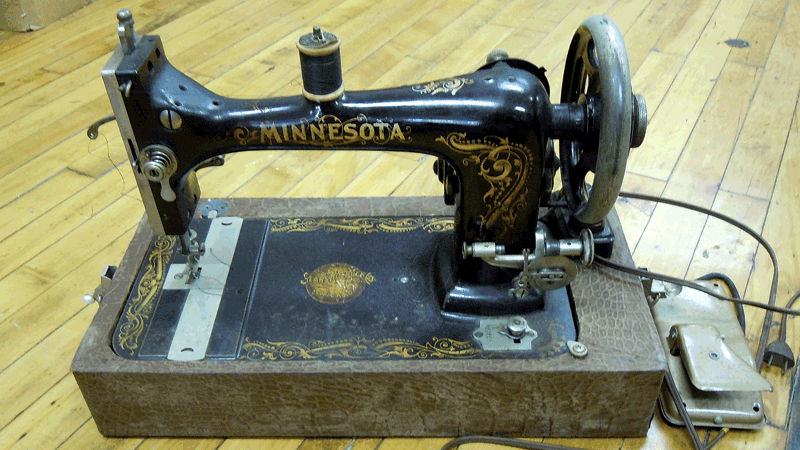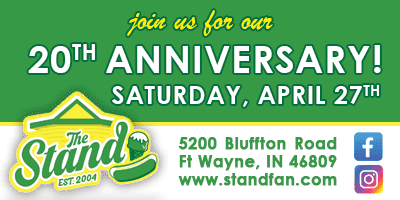SEWING HUMBLE BEGINNINGS TO TECHNOLOGICAL ADVANCES – Around The Frame

The sewing machine has evolved since it’s humble beginnings back in 1775 when Charles Wiesenthal patented his idea for a needle to be used on a machine but never got around to inventing the actual machine. In 1830 a French tailor named Barthelemy Thimonnier invented a machine powered by a treadle that used a single thread and a hooked needle to make a chain embroidery-like stitch. Soon he had eighty machines and a contract for army uniforms from the French government. Things were going quite well until the local tailors feared the machines would put them out of business and destroyed his factory.
Other early advances include the lock stitch using two pieces of thread coming from two different places; the rotary bobbin and four motion feed in 1850 and The Singer Sewing Co. motorizing the sewing machine in 1889 and perfecting the design in the 1920s leaving the slower treadle design machines in the dust except in rural areas where the lights had not yet been turned on everywhere in the country.
Since the 1920s sewing machines have been made for cabinets and portable cases, they had knee lifters, thread cutters, bobbin winders and a presser foot added. Stitch length and decorative stitches took simple utilitarian sewing to more sophisticated heights, but our sewing loving ancestors could not imagine today’s computerized sewing machines and long-arm quilting machines where one can have entire quilts quilted in a fraction of the time they took to quilt by hand or on a basic home sewing machine.
The Minnesota sewing machine was a Sears brand first sold in their 1894 catalog and was named in honor of Richard Sear’s native state. Kenmore the name most closely associated with Sears’ appliances first appeared in 1913, was dropped in 1919 and then reappeared in 1934. Both brands were sold prior to WW II, dropped from the catalog during the war years, and after the war only the Kenmore name returned.
For all of their advances in technology, today’s machines don’t hold a candle to the aesthetic of yesteryear’s decorative gold leaf motif sewing heads as featured on this Minnesota machine by Sears and Roebuck. This particular motorized portable model and carrying case belonged to Mary Margaret (Helm) Eubank (1915-1967) of Huntington, Indiana. Considering it is motorized and the carrying case has a plastic handle, it seems likely it was produced in the mid-thirties to early-forties time period.
What will be the next big thing in sewing machine technology is anyone’s guess, but as long as people sew for thrift, a creative outlet or industry, the sewing machine will continue to evolve.
Lois Levihn is the owner of Born Again Quilts a restoration studio/quilt shop located at 4005 South Wayne Ave. Hours are 5:30-7 p.m. on Wednesdays and 9 a.m. -2 p.m. on Saturdays or by appointment. 260-515-9446 or bornagainquilts@frontier.com
- Sewing For A Higher Purpose ~ Around The Frame - April 12, 2024
- National Quilting Day 2024 ~ Around The Frame - March 1, 2024
- Reunited! ~ Around The Frame - February 2, 2024


